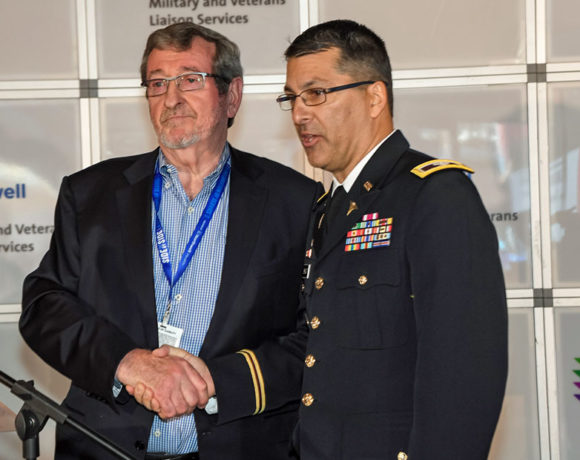Technology is helping students and teachers stay connected at Park Avenue Memorial Elementary School in the Amityville Union Free School District, as learning continues in virtual classrooms.
All students were provided with Chromebooks to support distance learning. Principal Robyn Santiago said the devices, which were already available for every fourth, fifth and sixth grader for use in the classroom, are now with them at home. Families were able to schedule times to pick up the devices during the first week that schools were closed. The district also ensured that every family had access to WiFi.
Using their Chromebooks, students access lessons and assignments through Google Classroom. Ms. Santiago explained this provides ease for them in having all of their course material in one location. A schoolwide Google Classroom was also set up to share announcements and other important information.
Teachers have been using multiple digital resources to connect with students. Sixth grade teacher Denise Graham utilizes FlipGrid to engage students in learning with videos. She describes her class FlipGrid page as a meeting place for her students to share their comprehension in fun and creative ways, and she provides them with “conversation starters” on different topics. Students then create their own response videos, using evidence to support their reasoning.
For a writing lesson on acrostic poems, each of Ms. Graham’s students had to make a video of his or her own acrostic poem while explaining the meaning of each word or phrase. Ms. Graham said one of the benefits of this digital platform is the ability to give her students immediate feedback.
Sixth grade teacher Howard Reiner uses FlipGrid for math instruction. For example, he created a video on how to find the surface area of a rectangular prism. At the end of the video, he gave students a question and they created their own videos of themselves solving the problem. He also uses a student engagement platform, Nearpod, to do live lessons and directly interact with students to help them understand mathematical concepts.
Joanna Conboy meets with her fifth grade students using Google Meet. She videoconferences with small groups to help them with their reading and writing skills. They can also be in a document together, so students can see and understand edits and revisions.
Class read-alouds are an activity that Ms. Conboy’s students enjoy, so she has even taken that digitally by using Google Meet to read “Wonder” aloud. As she is reading, students can use Getepic, a digital library, to access the book and follow along.
Music teacher Megan Ashe’s students participated in digital music appreciation unit. During a lesson on opera, a topic she said many elementary students are not familiar with, they used online resources to learn about the different instrument families in an orchestra. Students also did a digital build-your-own opera activity based on “Hansel and Gretel” in which they could add costumes, props and scenery to music and watch the opera unfold before their eyes.
Ms. Santiago said many other resources are being used to support home instruction. With limited access to physical books as schools and libraries are closed, students access e-books through Raz-Kids. Children can find books on their reading level and answer comprehension questions. The Go Math program used at Park Avenue has an extensive online component. Teachers also embed videos in Google Slide presentations, which students can watch multiple times to review lessons and master concepts.
Socialization is also an important part of the educational experience, Ms. Santiago explained, and teachers are ensuring that everyone can still be together even while they are apart through live Google Meet video conferences. Whether it is to provide live instruction, to give students a chance to ask questions about their assignments or just to catch up for a few minutes, she said these experiences are of extreme value to students and teachers.
Photo courtesy of the Amityville Union Free School District








Recent Comments